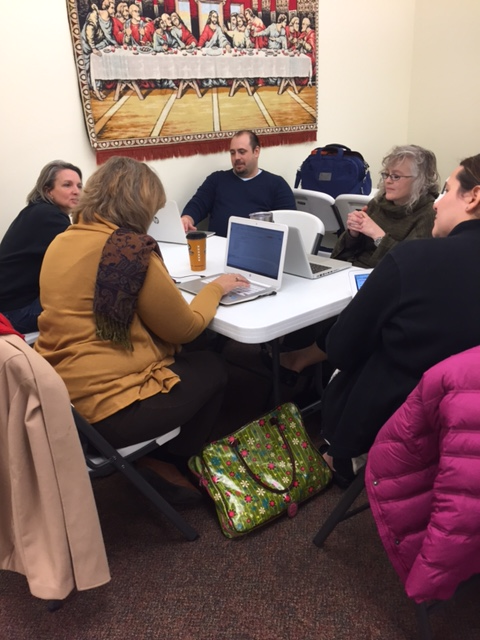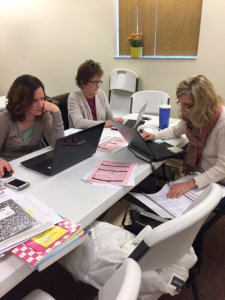The following article was contributed by Terry Nugent, Associate Superintendent, Diocese of Kalamazoo.

Three years ago, our curriculum committee knew that teaching and learning may never be the same again for our diocese. Throughout the first year of aligning our curriculum process to the Understanding by Design model, we challenged teachers to think differently about teaching practices (K-12) and asked them to change lessons that were perceived to be excellent from many years of delivery. It was a significant undertaking, but we had strong support from our superintendent and research validating our decision from the Catholic School Standards Project. Although not all of our school administrators were agreeable, the majority felt it was time to improve the curriculum process and teaching practices.
Bringing Catholic Identity into all content areas is the ultimate goal when creating curriculum, assessment and instruction, right? How to create plans, lessons and assessments that bring it all together while influencing teaching and learning on a daily basis is a big challenge. It is hard to find teachers and administrators who are willing to commit to three years of work outside of their busy day to create this curriculum that doesn’t exist anywhere. Schools need to increase their budgets for the increase of substitute teachers while the curriculum members are away from their schools. These obstacles should sound like familiar problems facing any curriculum director, superintendent or teacher.

Even before the Diocese of Kalamazoo started the work, our small, highly committed curriculum committee knew from the onset that we had a lot of challenges to overcome in order to be successful. Those included:
- How do we organize the workload so it was manageable given our time restraints?
- With which content area were we going to start?
- Was state curriculum going to change again?
- How were we going to handle a change after the curriculum was written?
- What process were we going to use?
- How do we connect standards and benchmarks so that the connection to faith wasn’t a stretch or seemingly farfetched? Was it measurable?
- Just because the curriculum was developed, would teachers and administrators support it and use it on a daily basis?
Many mistakes were made along with way. We had technology issues, challenges from producing a consistent teaching and learning model with many different types of teaching resources (or the lack there of) and keeping a clear, shared vision among the committee members. I am happy to report that after three years of producing curriculum with a strong Catholic Identity, the process and the product are going well. Oh, yes there were, and still are, teachers who feel that this curriculum process fad is going away and they ask “when can we go back to the old ways?”. But my committee is hearing less of this type of grumbling and more examples of best practice challenges related to teaching or having the right teaching resources. The focus of our teachers has shifted from “I taught it” to “did students learn it?”
Every year we learn more about how to improve the alignment of curriculum, instruction and assessment from our mistakes. Each teacher among all of our schools create curriculum using strong Catholic Identity factors with state standards. At the upcoming NCEA convention, my group will share our journey. We will have examples of curriculum and the process we used to achieve diocesan-wide buy-in along with suggestions on how to get started and maintain momentum. Hope to see you in St. Louis!
Click here for additional information about registering for the NCEA 2017 Convention & Expo St. Louis, MO April 18-20, 2017.